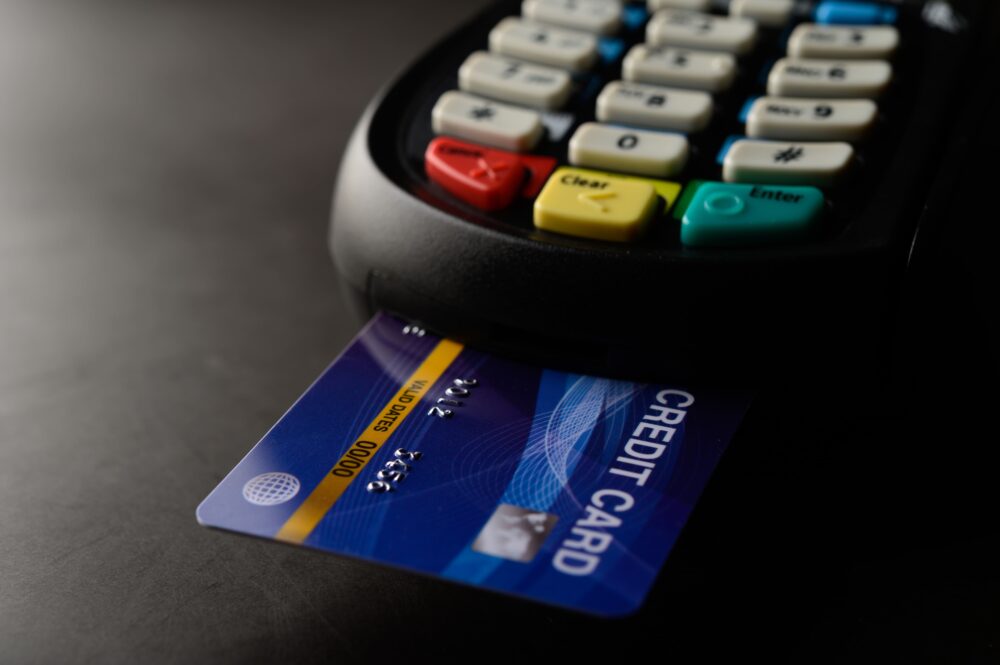The Evolution of Credit Cards
Credit cards, as we know them today, are a relatively recent invention. However, the concept of using a valueless instrument to represent banking transactions dates back 5,000 years. Ancient Mesopotamians used clay tablets to conduct trade with the Harappan civilization, a precursor to the modern credit card.
The Charge Card Era
In the 1800s, merchants used credit coins and charge plates to extend credit to local farmers and ranchers until they collected profits from harvests. The first charge card, the Charg-It card, was introduced in 1946 by banker John Biggins. This card was used in a two-block radius of his bank in New York City.
The Birth of Modern Credit Cards
The Diners Club Card, launched in 1950, marked the debut of the first small cardboard card, which members could use like a charge card and pay the bill in full every month. American Express followed suit in 1958 with its first credit card made of cardboard, followed by the first plastic credit card in 1959.
Major banks soon launched their own consumer cards, offering revolving credit, which allowed cardholders to carry their monthly balance forward for a nominal finance charge. Bank of America was the first to do so in 1958, mailing unsolicited credit cards to select California markets. In 1966, BankAmericard went national, becoming the nation’s first licensed general-purpose credit card. It was later renamed Visa to acknowledge its growing international presence.
Regulatory Measures and Consumer Protection
As the popularity of credit cards exploded in the 1970s, so did legislation aimed at addressing consumer complaints against this fast-growing industry. The Fair Credit Reporting Act of 1970, the Unsolicited Credit Card Act of 1970, the Fair Credit Billing Act of 1974, the Equal Credit Opportunity Act of 1974, and the Fair Debt Collection Practices Act of 1977 were all enacted to protect consumers and regulate the industry.
The Future of Credit Cards
The future of credit cards is likely to be digital, with payments enabled by smartphones and other contactless devices. Biometric authorization, such as fingerprints, iris scans, and facial recognition, may also play a significant role. However, the financial terms of credit card accounts remain the essential and timeless features of our “cards,” offering secure and convenient methods of payment and the chance to earn rewards for spending.
The Journey Continues
Credit cards have come a long way from clay tablets and charge plates. They have revolutionized the way we transact, offering convenience, security, and financial flexibility. As technology continues to evolve, so too will credit cards, adapting to meet the changing needs of consumers. However, their core function as a tool for facilitating transactions will remain unchanged, underscoring their enduring relevance in our financial lives.








